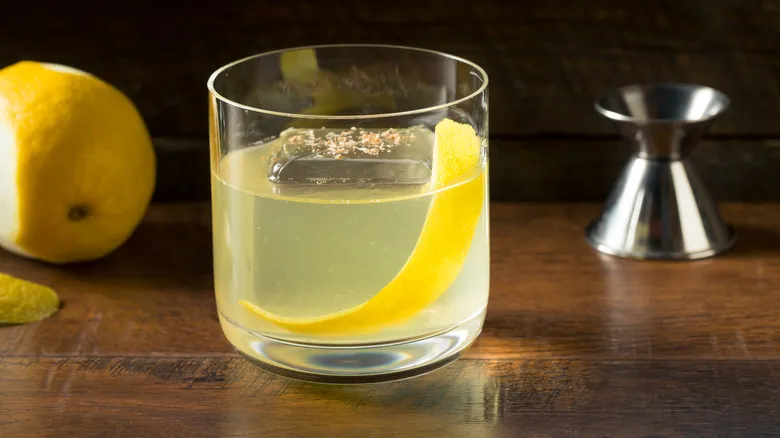The science behind clarified cocktails
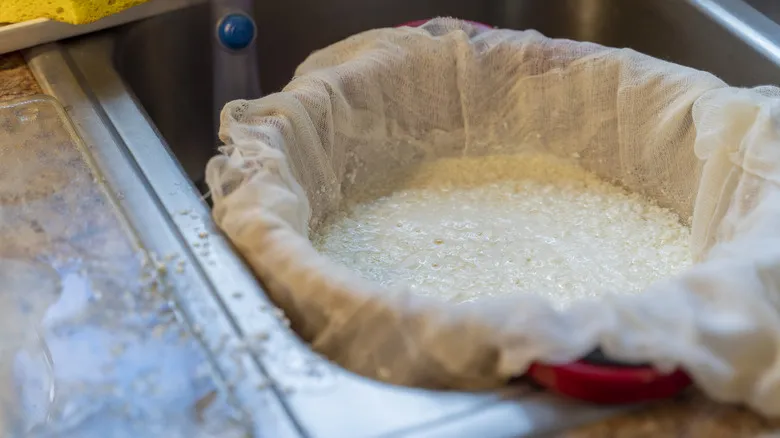
Clarified cocktails are created using a method known as milk-washing. This involves combining spirits with cold milk and introducing an acid, such as lemon juice. After allowing the mixture to sit in the refrigerator for about an hour, the milk will curdle. You can then strain the mixture through a cheesecloth or coffee filter to remove the solids. The result is a completely clear liquid that serves as a base for your cocktails. Alternatively, you can prepare the cocktail first and then mix it with milk, following the same process. This not only clarifies the drink but also eliminates bitter and astringent flavors, even from cocktails that include bitters.
The clarification process is effective because the proteins in milk naturally bind to certain chemical compounds, particularly polyphenols. These polyphenols are present in many plants used in food and beverage production, but they often impart a bitter taste. This is especially evident in spirits like whiskey. Aged in oak barrels, whiskey absorbs particularly bitter polyphenols known as tannins. When you milk-wash whiskey, the milk proteins attach to these tannins, capturing them (along with other microscopic impurities) as the milk curdles. Straining out the curds removes these bitter compounds, allowing for a more nuanced flavor profile in your cocktail.
Tips for making clarified cocktails at home
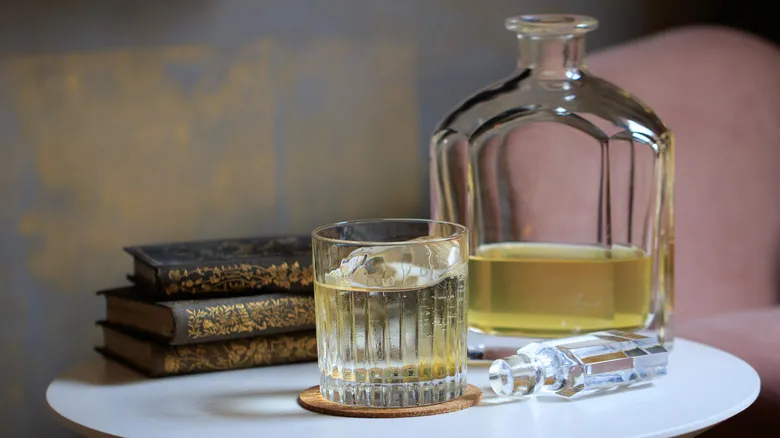
Milk-washing has gained popularity in the bar scene, but you can easily replicate it at home. Simply combine your preferred cocktail or spirit with cold milk and let it chill in the fridge for an hour before straining. However, there are a few important tips to consider.
The first and most crucial tip is to remember the role of acid. Acid is what causes milk to curdle, so you'll need to incorporate some into your cocktail. Drinks like the classic Bloody Mary or the traditional hurricane already contain acidic ingredients, making them ideal for clarification. Plus, serving a clear Bloody Mary to your guests is a real mixology show-off moment. If you're clarifying a cocktail without acidity or a pure spirit, be sure to add some lemon juice to initiate the curdling process.
Certain cocktails benefit more from clarification than others. One of the best applications of this technique is with carbonated cocktails. Juices often contain particulate matter from fruit pulp—this is why orange juice appears cloudy—and this can be problematic for mixologists, as even tiny bits of pulp can hinder carbonation. The next time you whip up a gin and tonic, consider clarifying both the gin and a bit of lime juice to replace the usual fresh squeeze. You’ll likely find that your drink remains bubbly for a much longer time.
Recommended
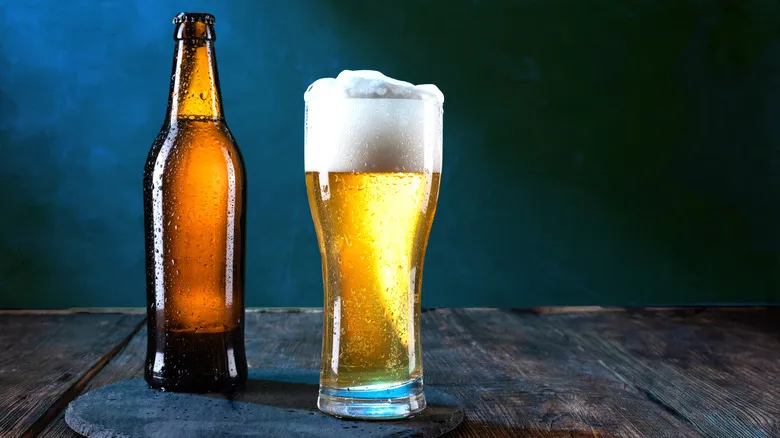
What Does IBU Mean For Beer?
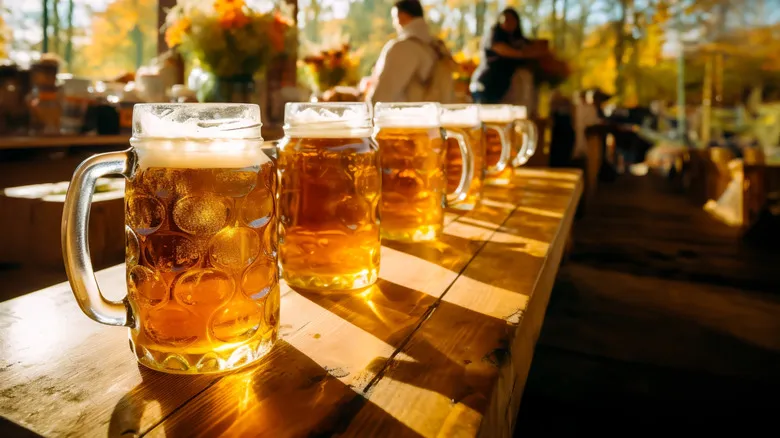
Does Drinking German Beer Actually Cause Fewer Hangovers?
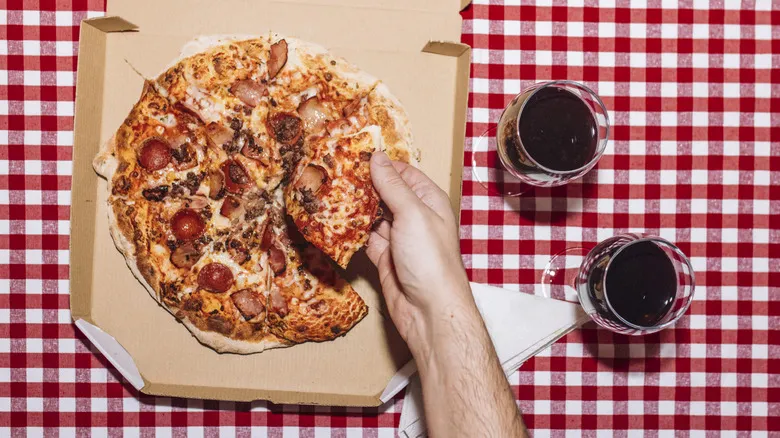
Domino's And Yellow Tail Come Together For An Unexpected Collaboration
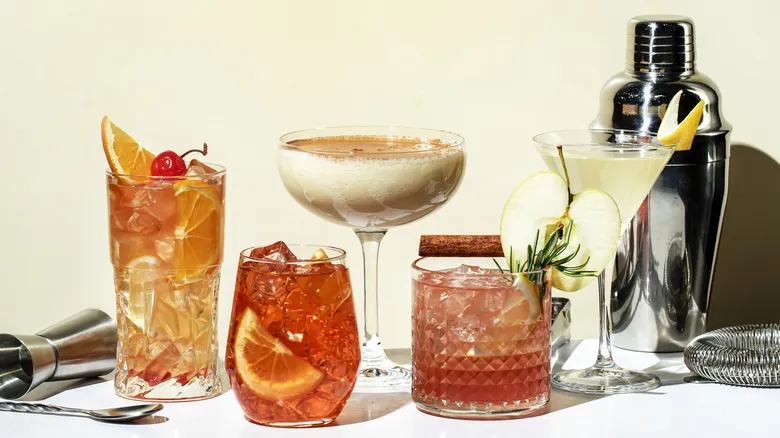
The Favorite Cocktails Of 9 Celebrity Chefs
Next up

